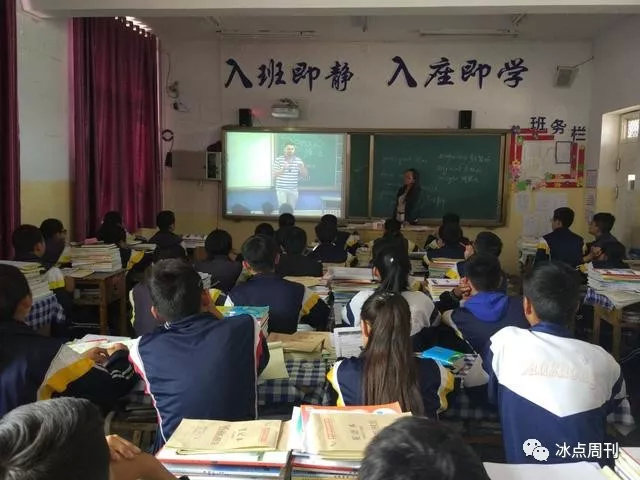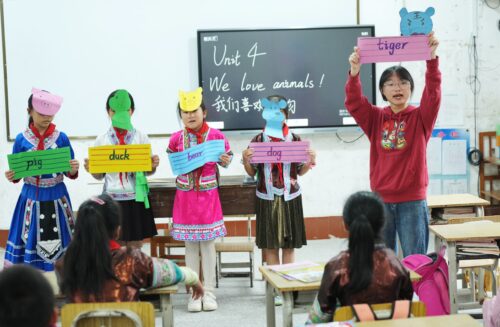Live-streaming offers possible solution to education inequality in China
Live-streaming offers possible solution to education inequality in China

Access to good education should, in theory, be a basic human right. But for students from low-income families in rural China, it is a true privilege. The scarcity of educational resources in poverty-stricken regions stands in stark contrast to abundant academic opportunities and advantages enjoyed by students in urban regions, where parents are willing to sacrifice everything in order to guarantee the success of their kids in the country’s cutthroat education system.
But it now seems like a promising solution has been found to close the education gap. In Chengdu, students from 248 high schools in less-developed areas have been taking real-time classes from more prestigious schools through live-streams, according to a recent feature published (in Chinese) by China Youth Daily.
The program was launched in 2002 by an education technology company and Chengdu No. 7 High School, which sends more than 90 percent of it students to top Chinese universities every year. As part of an initiative proposed by the Sichuan provincial government, which aimed to alleviate economic inequality in the province by expanding access to good education, the program started with Chengdu No. 7 High School sharing teaching materials, namely videos of classes. Since 2012, the program evolved into a live-streaming project where students in remote areas are able to take classes, attend independent study sessions, and even sit exams with peers in elite schools in real time.
According to Wang Hongjie 王红接, the program manager, the results have been positive. In the past 16 years, more than 72,000 students in impoverished areas have participated in the project. Before getting involved, many of them never dreamed of continuing their education after high school. Some even came from schools that never sent a student to university. But the program has helped a vast majority of the participants get admitted to colleges. In addition, 88 of them made their way to Peking University and Tsinghua University, which are the two best colleges in China.
When interviewed by the newspaper, current participants admitted it was embarrassingly difficult for them to keep up with students at Chengdu No. 7 High School at the beginning. “I didn’t realize I was so behind,” a student at a high school in Luquan County said, adding that even though she was one of the top students in her village, she failed most of the exams created by the Chengdu school at the outset of the program. Meanwhile, many of them often felt overwhelmed by a sense of inferiority while watching students on the other end talk about their experiences traveling abroad. “Poverty limited my imagination,” a student in a remote village said.
But according to Wang, after a few months of self-doubt, most students picked up the pace. “Usually in the second year of high school, they see minor progress in exams. In the final year, their academic performances are greatly improved,” Wang said.
On a national level, regional disparities in educational achievement have long been a problem. In 2017, in an attempt to narrow the gap, the central government ordered Chinese universities to enroll 10 percent more students from disadvantaged areas, mainly by lowering entry test scores. Admittedly, favorable admission policies are a shortcut to making numbers look good on paper. Solutions that can benefit disadvantaged students in the long-term are what’s most needed. They might have found one in live-streaming technology.






